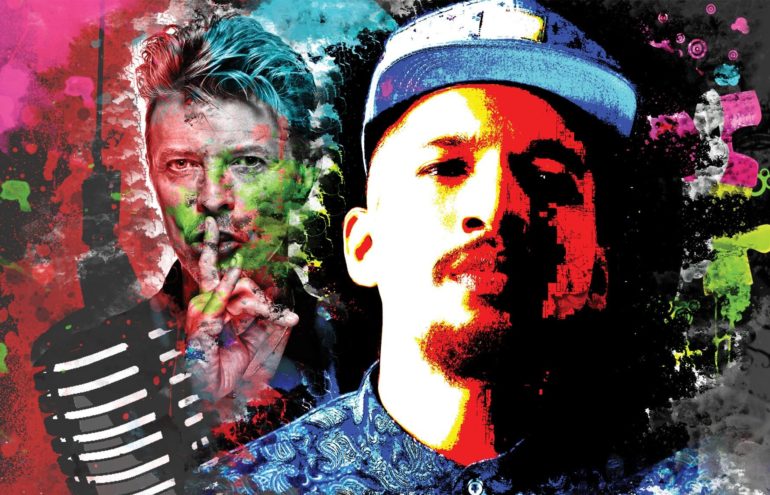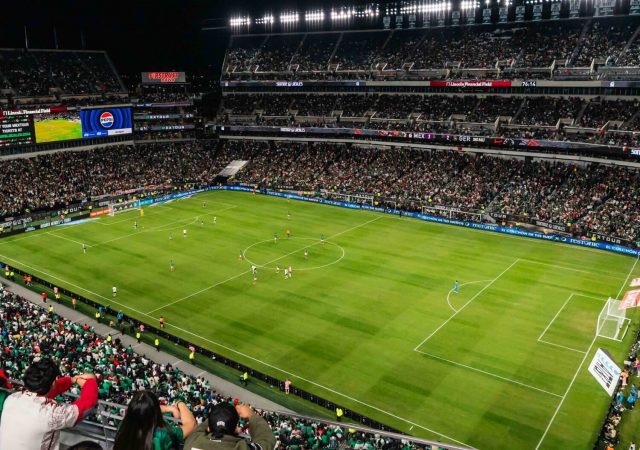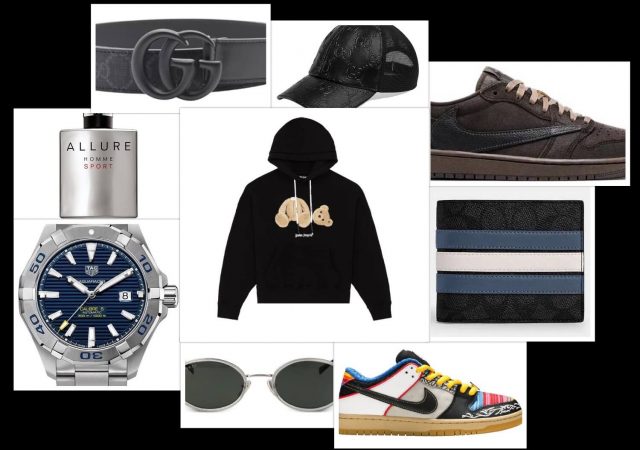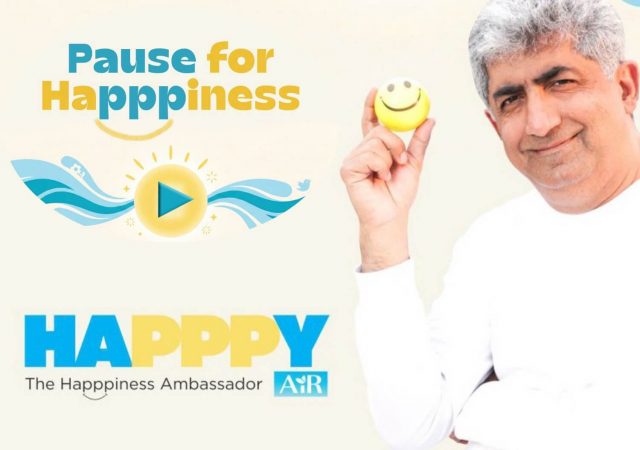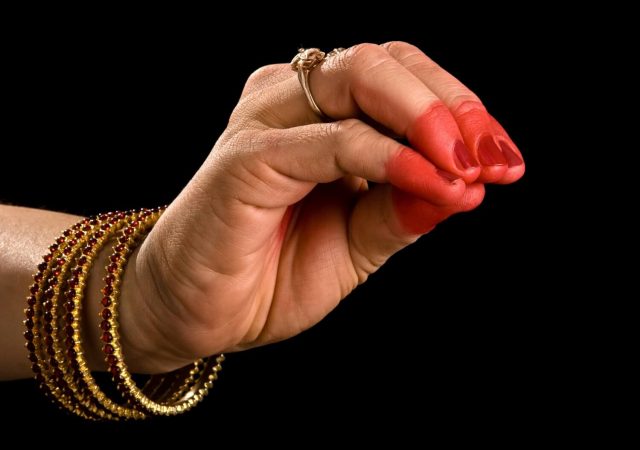BY: Aneesh Balasubramaniyan
A few years ago, Naved was just another guy you might walk past and not remember for the rest of your life. One fine day, after some moments of confessed frustrations, Naved went out and recorded a video of him rapping on a beat-all done on his iPad, and put it up on YouTube. Three years thence, he is now known as Naezy, and that video is closing in on two million views. Not very surprising, is it?
Our source for ‘discovering’ new music and artistes today is social media, YouTube, streaming services and Internet radio stations. Every listener today is getting their fix from a combination of these platforms. Instagram, Facebook, Twitter, any-hipster-named-app — all these have provided us with a way to be introduced to millions of artistes. Over the past decade, music distribution and promotion has overwhelmingly moved to digital, and consequently, the Internet. A band releasing an album on a physical medium is pretty much a ‘special release’ today. YouTube stars are no longer direct inspiration stories, there is a benchmark now. And if you don’t have a Facebook, Instagram, or Twitter page, chances are high that you aren’t going to make it.
When David Bowie started his own ISP – Bowienet in 1998, he was speaking of a world exactly like ours. One could easily write reams of pages on how incredible Bowie was, but most importantly, he understood how music and technology were interacting, and what it could evolve into. He was right about the internet becoming the Medium for music distribution and discovery. The Internet could rid you of the middlemen – no more screening, no bottlenecks, no overpowering record labels, no more churning out radio-friendly songs, but the ability to hear any music from anywhere with the click of a button on your computer and nothing else!
Diminished Willingness
With this newfound ease of reach also came the issue of piracy. From waiting in anticipation for the album you ordered at the record store, torrenting an entire album somehow became the norm. From being fans who would buy albums to becoming listeners just downloading an entire lifetime’s worth of effort for free was the most horrible offspring of that technology-music interaction. You could argue that certain platforms made it possible, but what about the diminishing willingness of the average listener to pay for or buy an album, or even a song? And the insanely ignorant line – ‘Why is there no free entry?’
The brilliance of the Internet, however, figured out a workaround even for this. YouTube brought unlimited access, and with it YouTube stars! Its ability to provide reach made it possible for a lot of artists to be heard by people all over. Ad Revenues made sure this was moderately sustainable. But you would still have to sell tickets to your shows, and sell your albums so you can keep making more music. The listener’s willingness to pay is still needed.
And the funny thing about ad revenue is if you spend some more money, then you get more ‘views’, which could result in more ad revenue. Almost all viral songs or YouTube sensations have a fair amount of paid promotions aiding their ‘viral’ quotient. What we thought was largely democratic, suddenly seems to have a man with a throttle control – like a sound middleman?
Another attempt at forcing the willingness has been through music streaming services – Apple Music, Spotify, Google Play. At a subscription cost of about `200 a month, how much do you think the artist makes? A separate discourse in itself! Streaming might be the way to go, but it is not working out for the artistes.
In a recent interview with Ultimate Guitar, Misha Mansoor from Periphery, spoke about how he has to look outside of the band to make an income. And we are talking about Periphery here, f***king Periphery! It is quite clear – the average listener is too used to getting his music free – he isn’t going to pay. He might stream through a subscription (hopefully), but he is effectively so used to getting it for free, that he doesn’t value it nor the effort taken to create that music, and will not pay. There are numerous instances of fans paying hefty amounts to watch pre-recorded stage acts, but that 200 bucks at the door at your local scene is unfair.
There are people still trying to find a feasible way to make this work. Some are restricting their music’s availability on specific platforms, some releasing albums on block-chains, VR experiences, VR concerts. A common theme is direct interaction with the listener, removing the middlemen – labels, publishers, distribution platforms. Whether your music came out through traditional means or through YouTube, we still haven’t figured out how to use the Internet to make a living, but it has figured out how to deny you one.
Perhaps, the next time you like an album or a song, you’d go ahead and buy it. And maybe, focus some of your nationalism and pride in trying to listen to some local bands and buy their albums too.
Aneesh is one half of the acoustic duo BareFoot and earns a living by working at Media.net.


